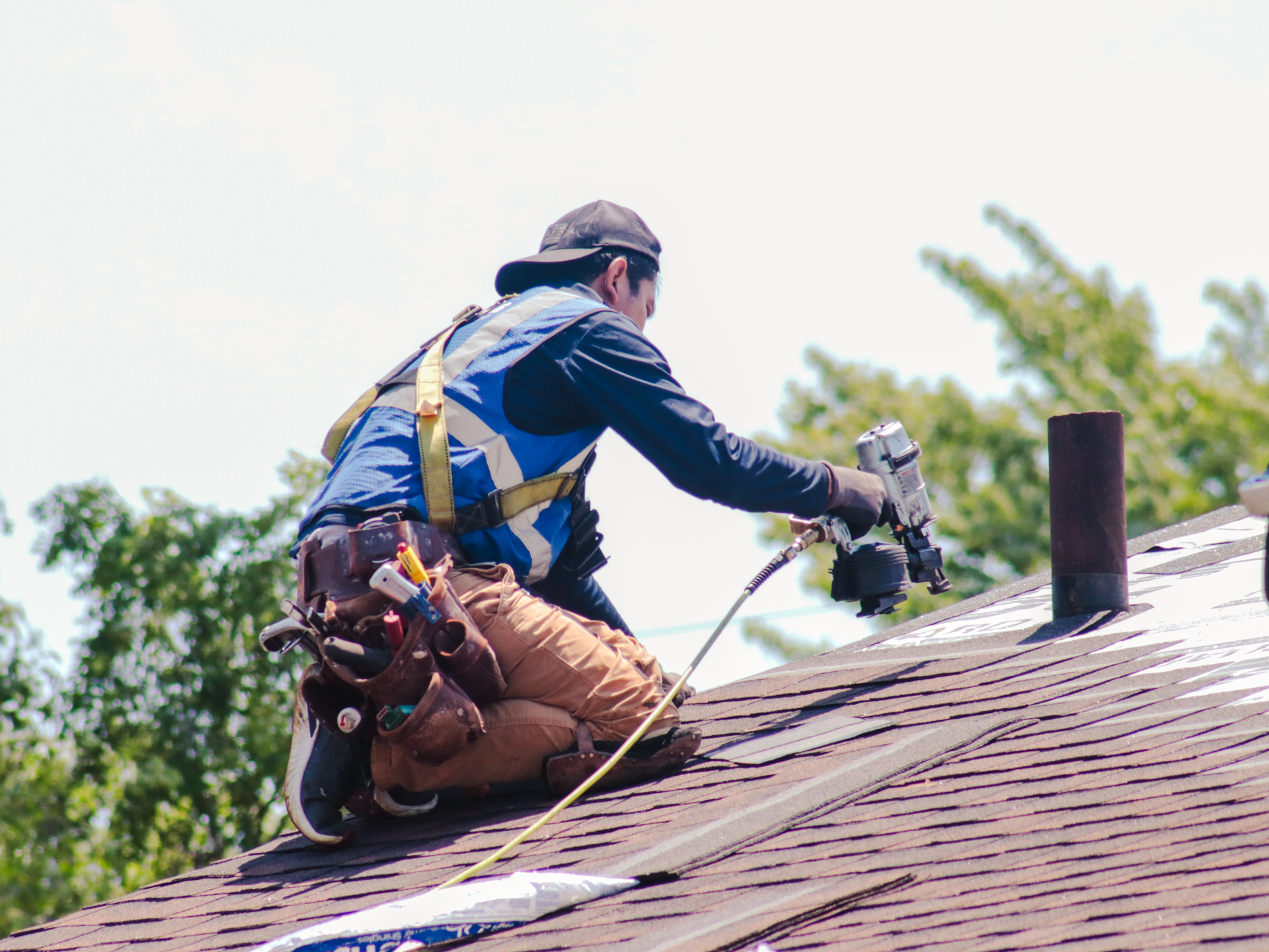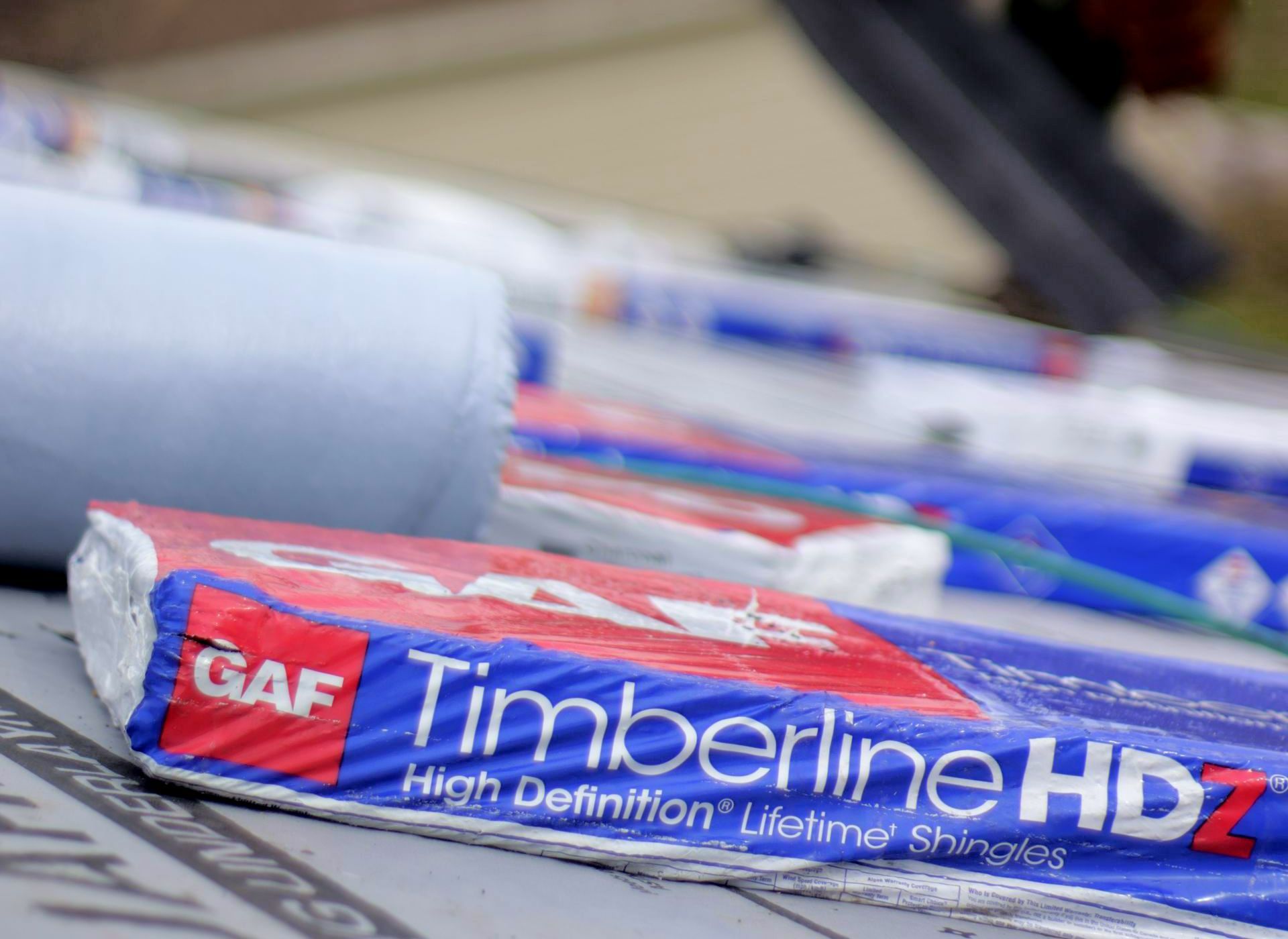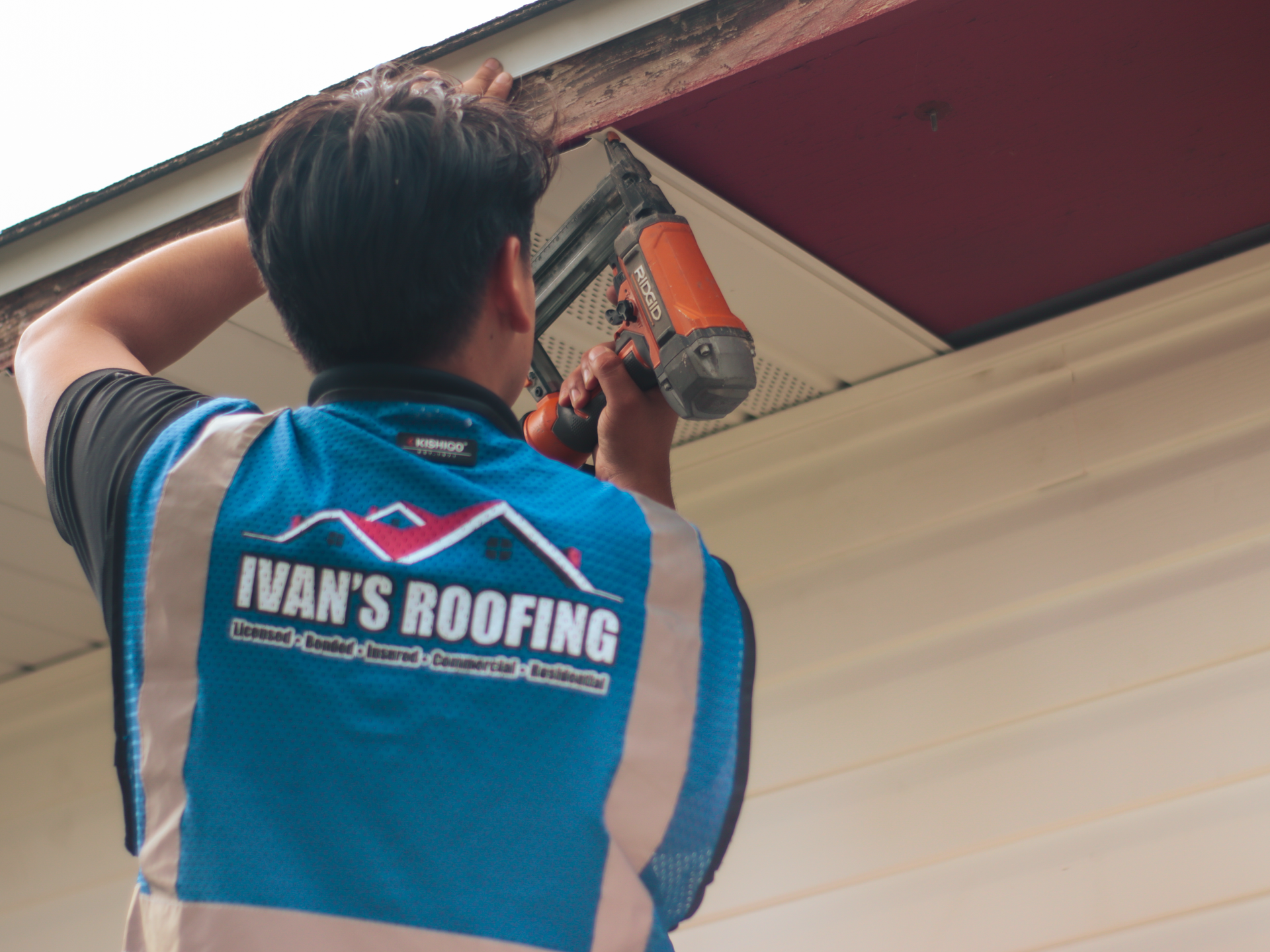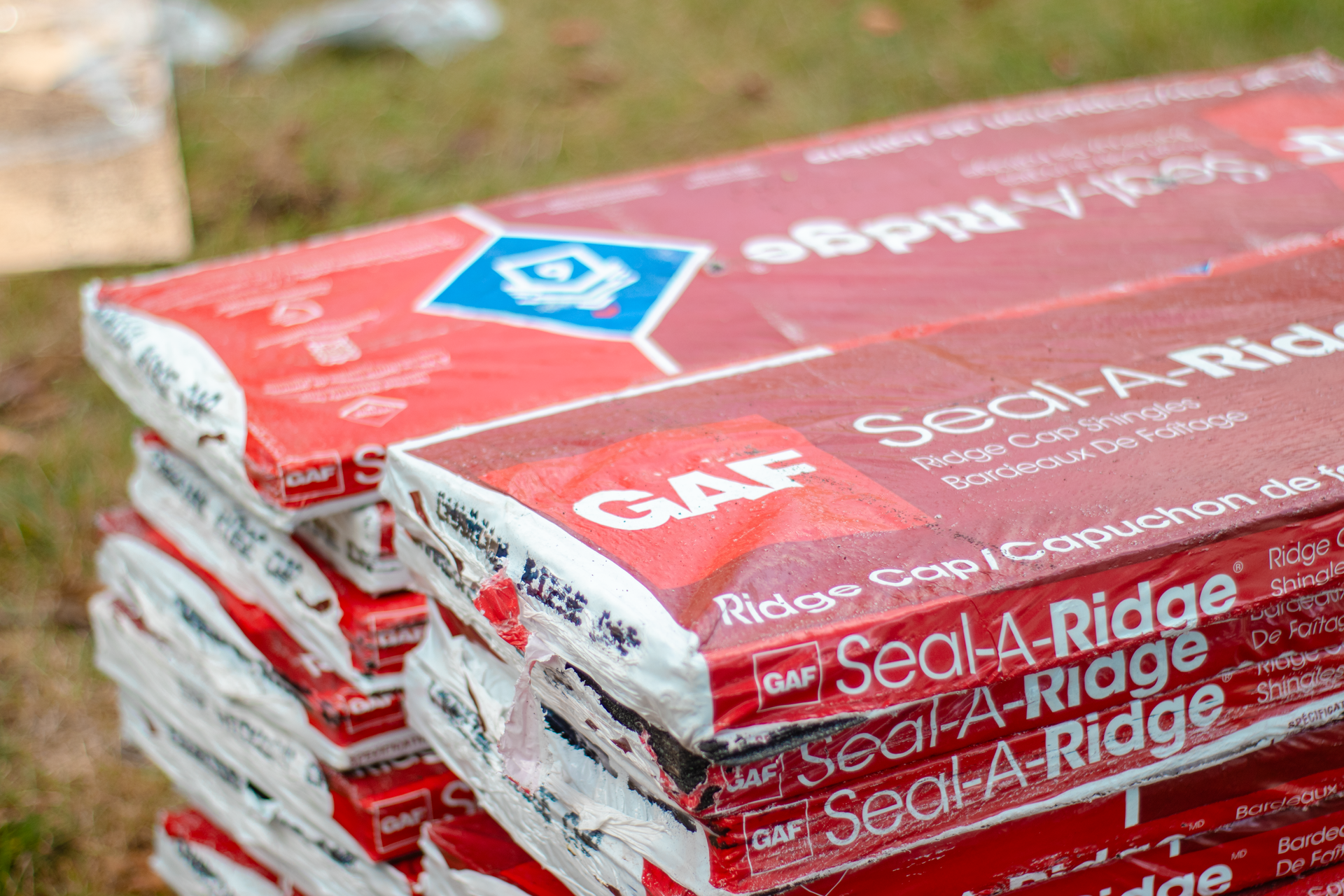1. Schedule Regular Roof Inspections
Routine inspections are key to identifying minor issues before they become major problems. Even if your roof appears to be in good shape, it’s essential to have it inspected by a professional at least once a year—especially after severe weather events like storms or hail.
Benefits of Roof Inspections:
Detect early signs of damage like missing shingles, leaks, or water damage.
Prevent costly repairs by addressing problems early.
Ensure your roof’s warranty remains valid (many warranties require regular maintenance checks).
Pro Tip: Consider scheduling an inspection in the spring or fall to check for weather-related wear and tear, and always after a major storm.
2. Keep Your Gutters Clean
Clogged gutters may seem like a minor inconvenience, but they can lead to serious roofing issues. When gutters are blocked, water has nowhere to go, leading to overflow that can damage your roof, fascia, and even the foundation of your home.
How Clean Gutters Help:
Prevents water buildup that can cause leaks or rot.
Avoids ice dams in colder climates, which can damage your shingles.
Protects your roof's structural integrity.
Homeowner Tip: Clean your gutters at least twice a year—more frequently if your home is surrounded by trees. Installing gutter guards can also reduce the need for constant cleaning.
3. Trim Overhanging Branches
Tree branches hanging too close to your roof can lead to significant damage. During windy conditions or storms, these branches can scrape against the roof, damaging shingles and causing them to wear out faster. Fallen branches can also puncture or crack your roof, leading to leaks.
Why Tree Trimming Matters:
Prevents physical damage from falling branches.
Reduces the likelihood of debris buildup, which can trap moisture and lead to mold growth or rot.
Protects your roof from potential infestations of insects or rodents.
Pro Tip: Trim branches back at least 10 feet from your roof. This will also help keep your roof cleaner by reducing the number of leaves and twigs that land on it.

















